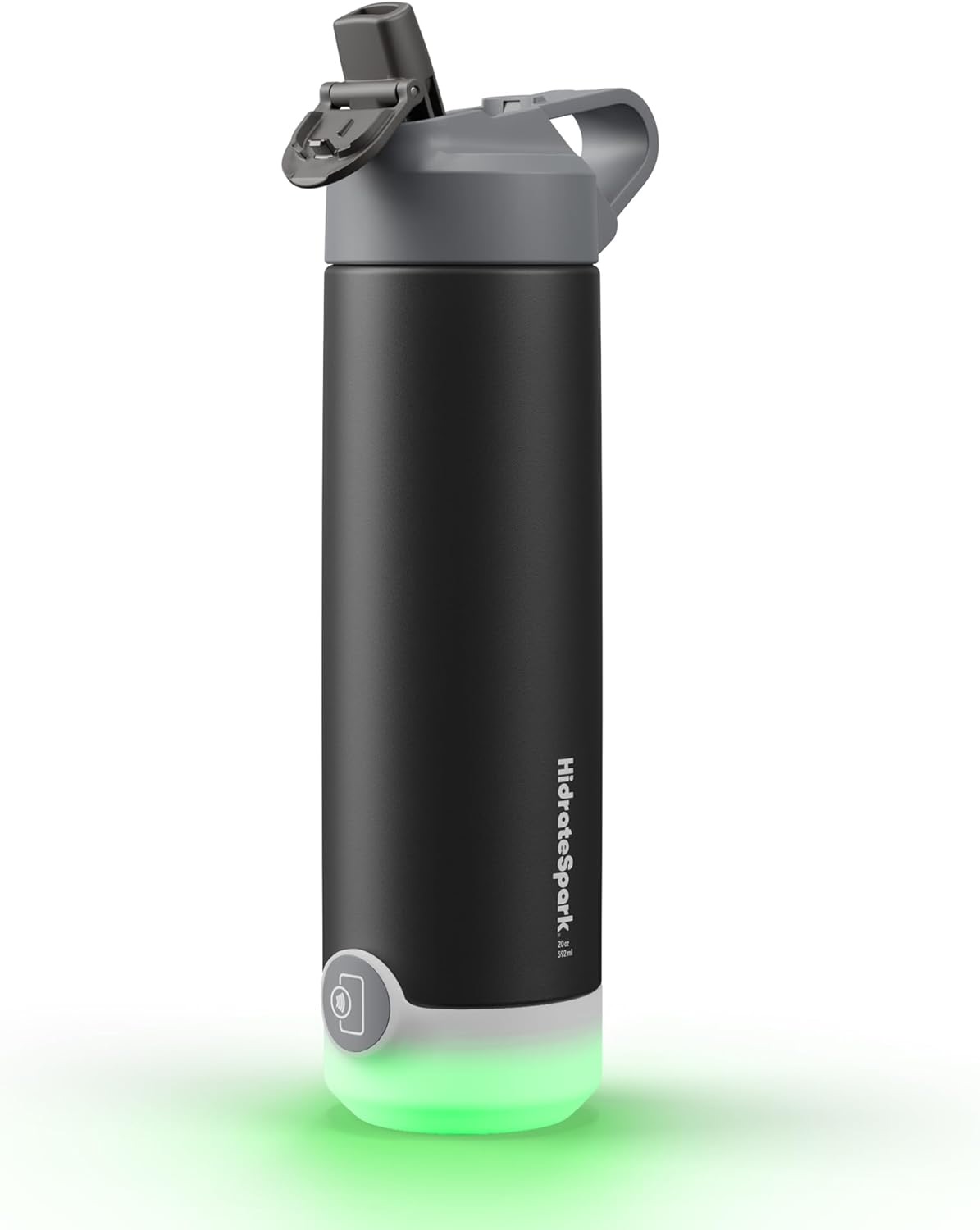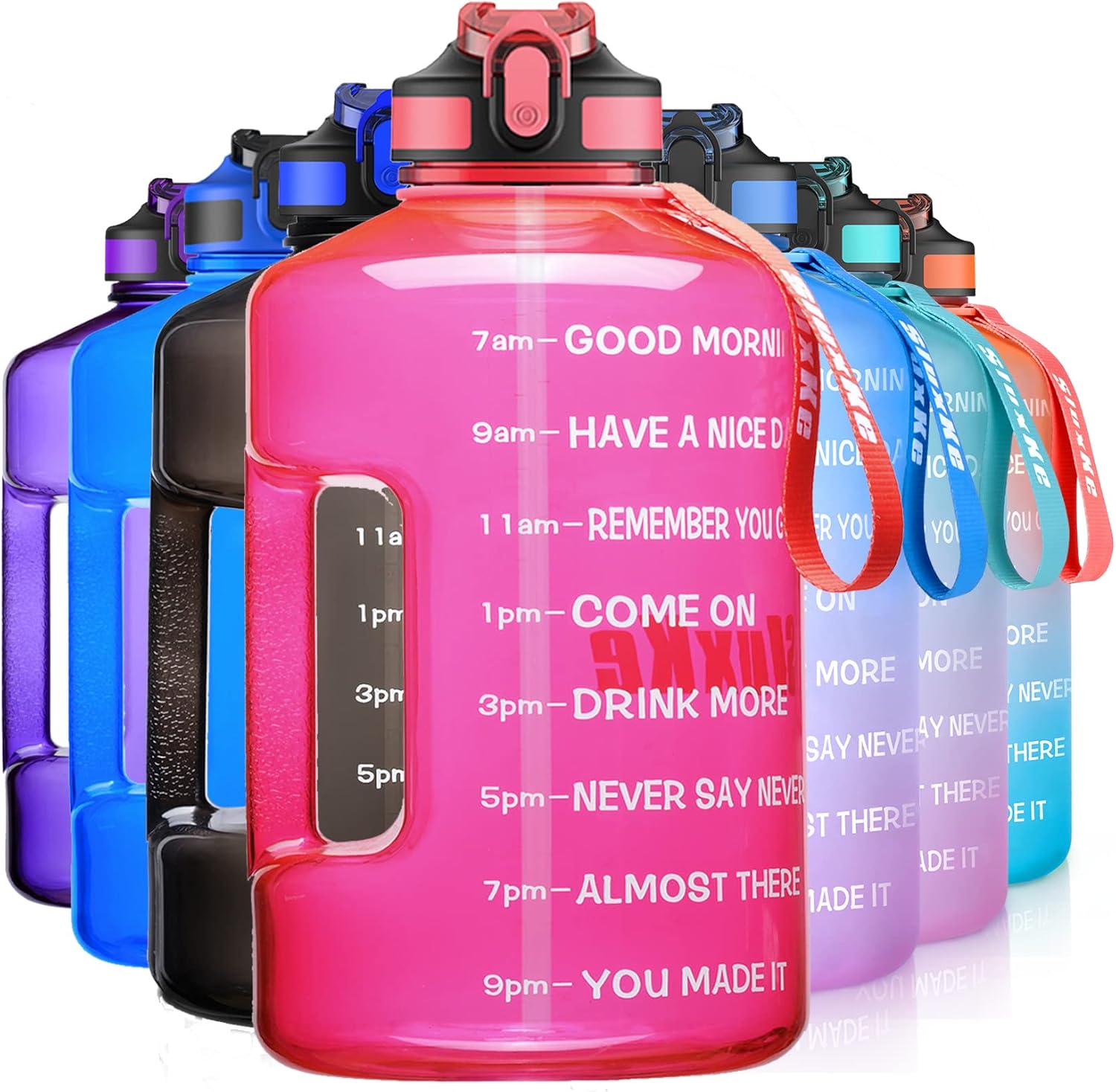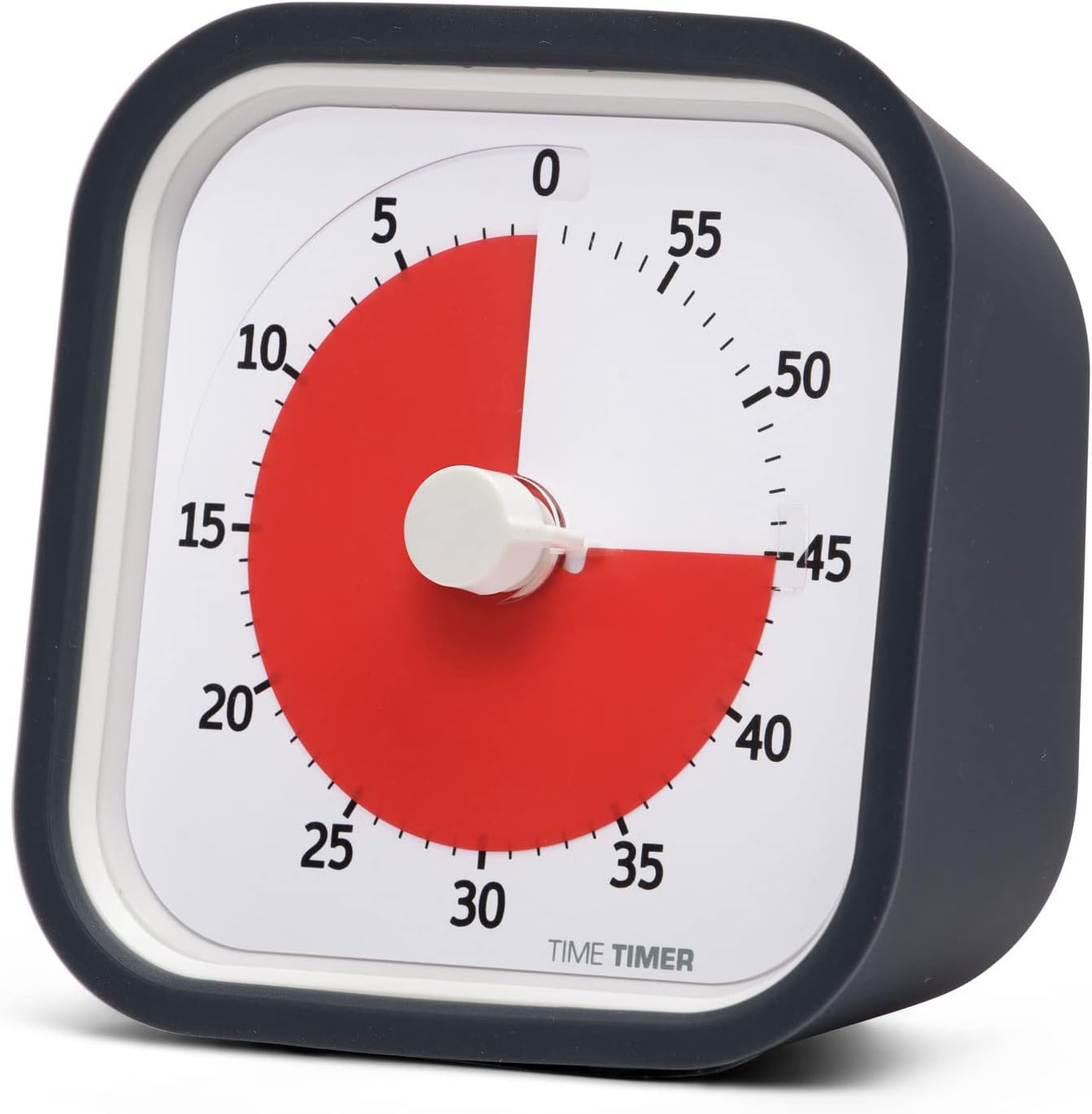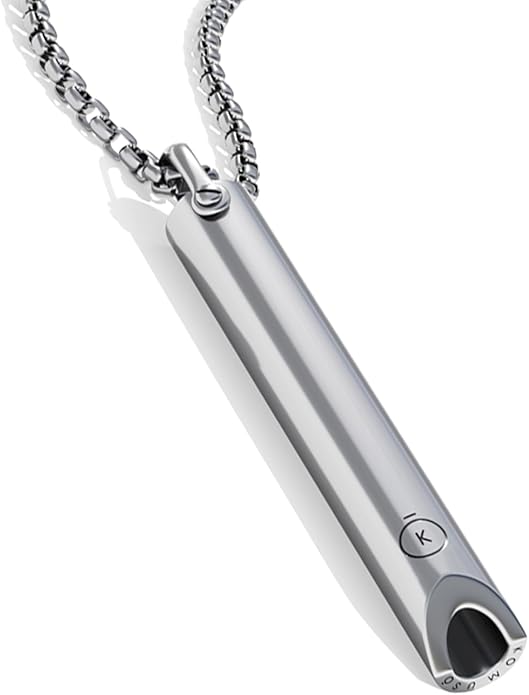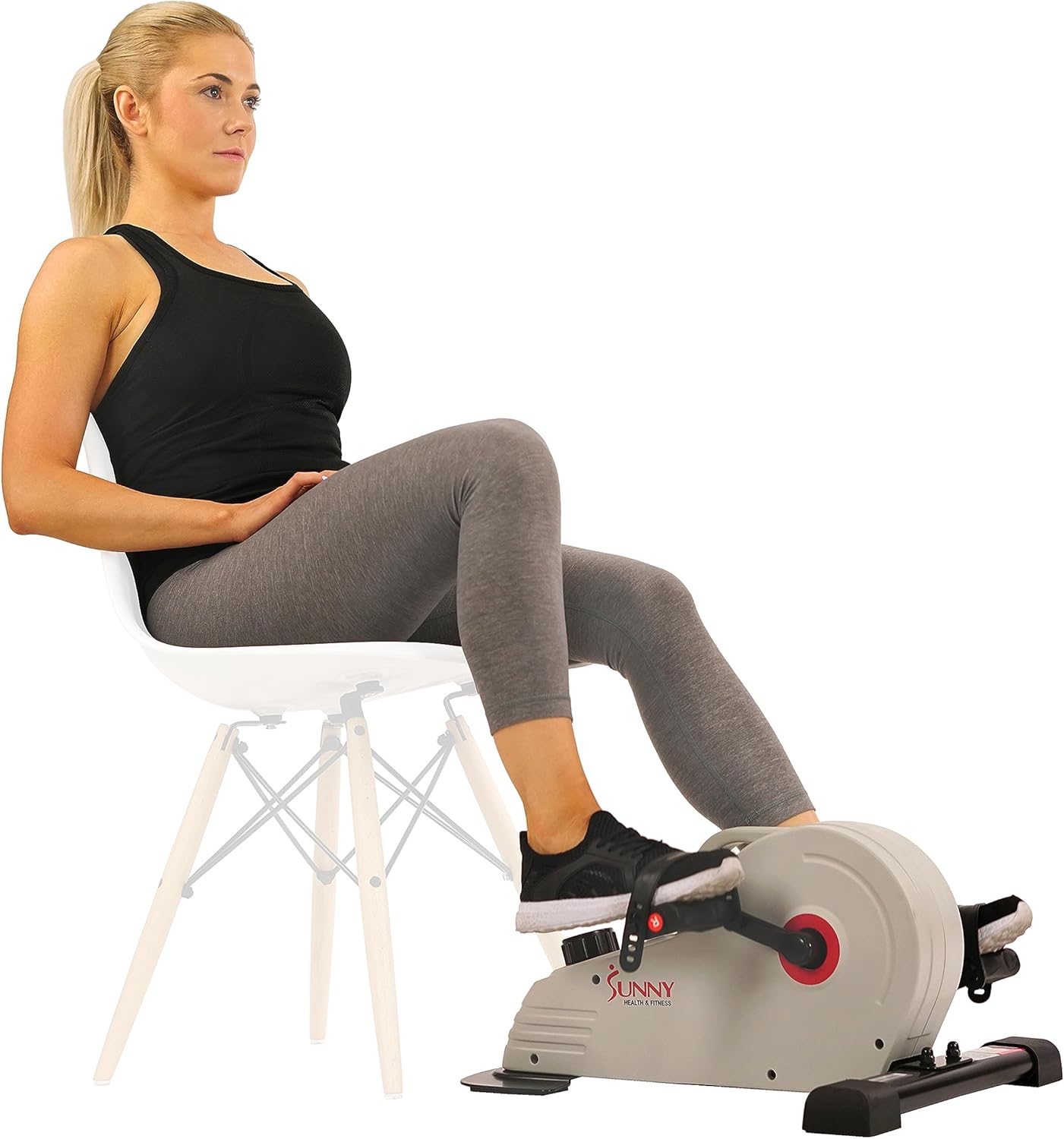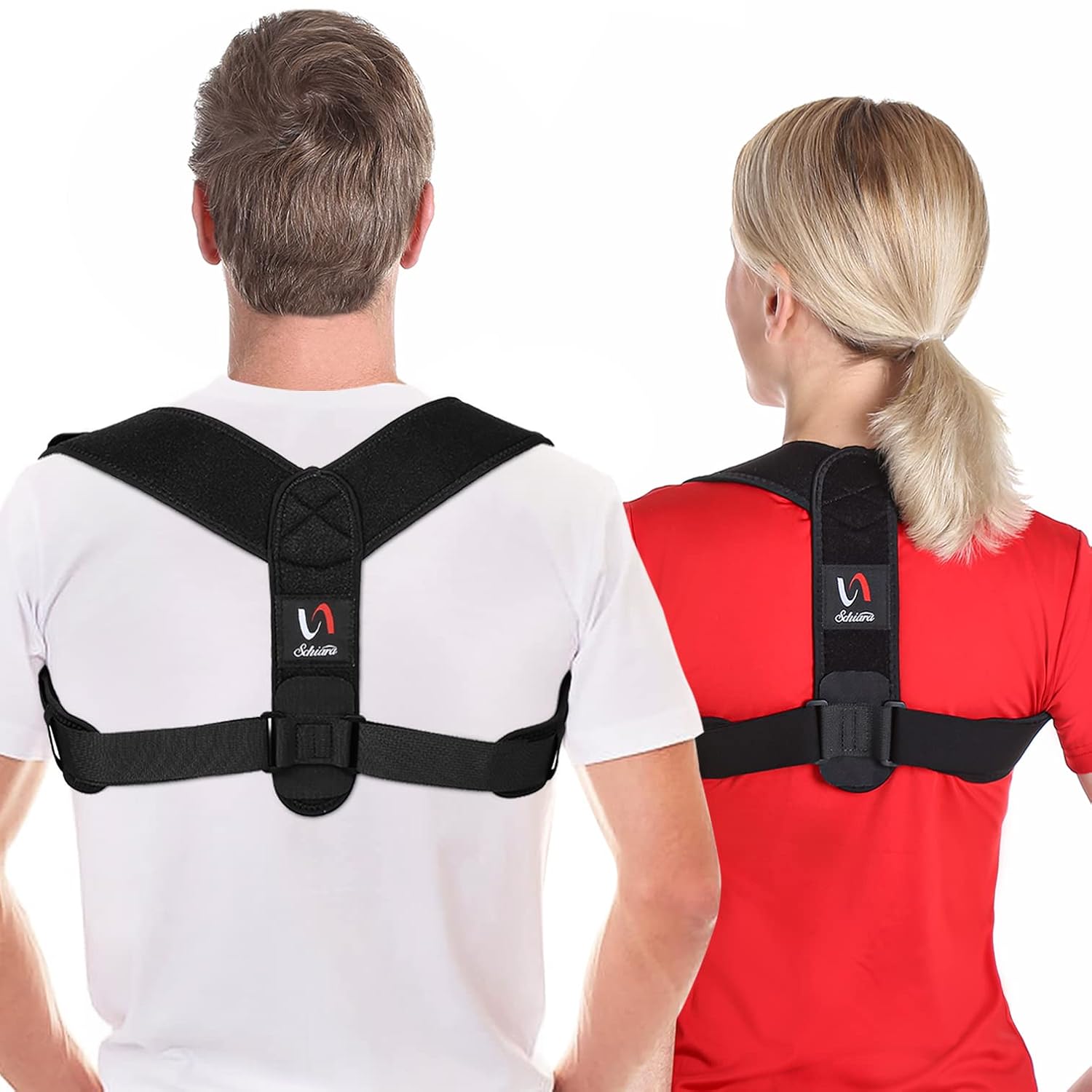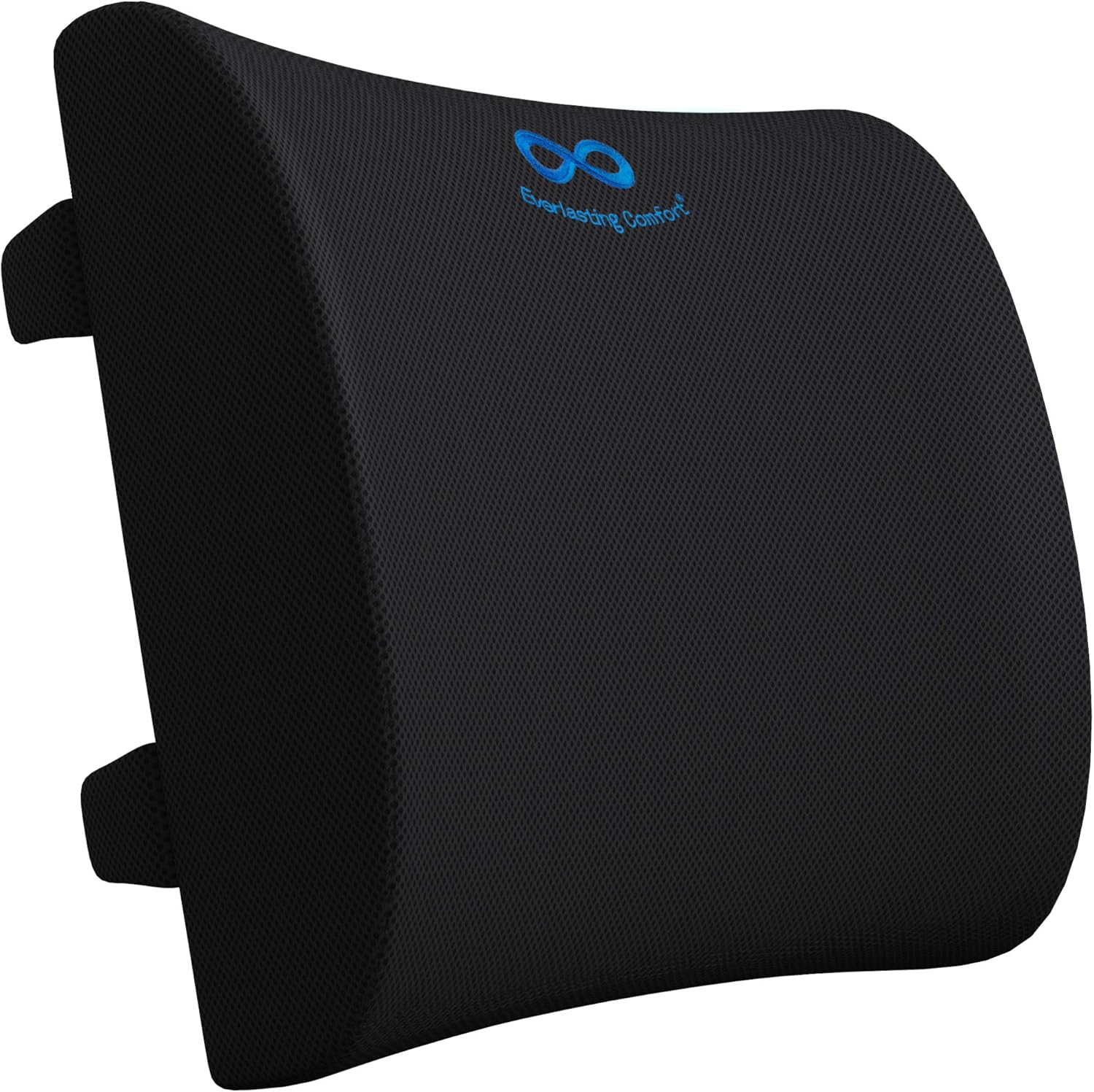Tech Gadgets That Help You Stick to Healthy Habits (Without Using an App)
Staying healthy doesn’t have to mean downloading another app or tracking everything on your phone. In fact, constantly checking screens can do more harm than good—especially when you’re trying to build calm, mindful routines like drinking more water, standing up regularly, or improving your posture.
Apps can be useful, but they also come with distractions: push notifications, endless scrolling, and digital overload. Sometimes, the best way to stick to a habit is to keep things simple. That’s where low-tech or screen-free gadgets come in. These are tools that support your health goals without requiring an account, a charger, or an internet connection.
They’re often more reliable too—no updates, no bugs, no distractions. Just a steady presence in your space, offering subtle reminders to take care of yourself. And for many people, seeing or touching a physical object makes it easier to remember and follow through on a habit.
This guide covers practical tools that can help with:
- Drinking enough water
- Maintaining good posture
- Moving your body during the day
- Practicing mindfulness without screens
- Tracking habits in a way that feels grounded and manageable
Hydration Support
Drinking enough water sounds simple, but it’s one of the habits people struggle with the most. Dehydration can sneak up on you, especially if you’re busy, distracted, or working in a climate-controlled environment where you don’t feel thirsty as often.
Most people try to solve this with apps or alarms, but those reminders are easy to ignore—or they get lost among all the other notifications. What tends to work better is having a physical, visible prompt right in your environment. Something that quietly reminds you to take a sip, without flashing lights or buzzing alerts.
That’s where screen-free hydration tools come in. These are water bottles or accessories designed to make water intake easier to remember and track, without involving your phone. Some have built-in timers, others use simple visual markers. The goal is the same: give you a subtle nudge throughout the day, so hydration becomes automatic, not another task on your to-do list.
These tools work especially well for people who:
Work from a desk or home office
Forget to drink water until they feel tired or foggy
Prefer visual cues over digital ones
Want fewer distractions, not more
They’re simple, effective, and easy to stick with.
- Lights up gently instead of buzzing or beeping
- Can be used with or without a phone
- Doesn’t need frequent charging (coin cell battery lasts months)
While many smart bottles depend on Bluetooth and apps, the HidrateSpark TAP offers a clever compromise. It has a glow-based reminder system that lights up at regular intervals to nudge you to drink water. The standout part? You don’t need to constantly use the app after setup. Once it’s on your schedule, the bottle does the reminding for you.
You can still track your intake if you want to (using a quick tap with your phone via NFC), but the reminder function works independently. It’s made from BPA-free plastic, holds 20 or 32 oz, and comes in several subtle colors. No loud branding or extra distractions.
If you’re looking for a way to get regular hydration prompts without adding another app to your daily routine, this is a solid pick.
- Holds enough water for the whole day—no refills needed
- Built-in time markers help pace your hydration
- No tech, no setup—just fill and follow
For people who need a clear, no-nonsense reminder to drink throughout the day, this bottle gets the job done. The Fidus 1-Gallon Water Bottle has hourly time markers printed down the side, giving you visual cues for how much you should drink by certain times—starting at 7 a.m. and going until 9 p.m.
It also has a sturdy carry handle, a wide mouth for ice or fruit, and a flip-top lid with a secure lock. While some versions have motivational quotes printed alongside the times, they also offer minimalist options without the slogans.
If you’re someone who wants a visual push to drink more water without digital alerts, this is a great tool to keep on your desk or in your kitchen.
Mindfulness and Focus
When people think about mindfulness, they often picture meditation apps, breathing exercises on a screen, or guided sessions through headphones. But the truth is, you don’t need a phone to feel grounded or calm. In fact, trying to relax while looking at a screen often defeats the purpose.
Mindfulness is really just about paying attention on purpose, whether you’re breathing deeply, sitting still, or just pausing for a moment. The key is consistency, not complexity. And some of the most effective tools for building that consistency are completely screen-free.
Simple objects—like a visual timer, a breathing guide, or a tactile focus tool—can help anchor your attention and give your brain a break. These aren’t about perfection or deep meditation. They’re about small, quiet pauses during the day that can reduce stress and help you reset.
Tools that support this are helpful for people who:
Get overwhelmed or distracted during the workday
Find traditional meditation apps too structured or impersonal
Want to step away from screens, not add more of them
Prefer something they can physically see or hold while they breathe or focus
These low-tech options can support calm, focus, and presence, without needing to charge anything or set up an account. Just simple reminders to check in with yourself.
- No screens or ticking sounds—just a silent countdown
- Great for focusing, calming down, or setting short breathing breaks
- Simple enough for kids or adults to use easily
This isn’t your average kitchen timer. The Time Timer MOD is designed to give you a clear, visual sense of time passing. As the dial winds down, a colored disk disappears—making it easy to see how much time is left without needing to watch the clock.
It’s especially helpful for short mindfulness sessions, work sprints, or break reminders. You can set it for 5, 10, or 20 minutes, and just sit or breathe until the time runs out. There’s a quiet alert at the end (and you can even turn it off).
If you’re trying to build a habit of short pauses in your day, this is one of the easiest tools to start with.
- Encourages slower, deeper breathing without needing to think about it
- Can be used during anxiety, stress, or simply as a daily routine
- No setup or screen—just breathe and go
This necklace doesn’t buzz or light up—it helps you breathe. The Komuso Shift is a small, discreet breathing tool you wear around your neck. When you exhale slowly through the hollow pendant, it naturally slows your breath, helping your body shift into a more relaxed state.
It’s based on the idea of elongated exhalation, which can calm your nervous system. You don’t need to count seconds or follow an app—you just breathe through it. It’s quiet, portable, and always within reach.
This is especially useful for people who want a subtle, physical reminder to pause and breathe throughout the day.
Movement and Micro-Exercise
Sitting still for hours—whether you’re working from home or in an office—can quietly take a toll on your body. Stiff shoulders, tight hips, low energy, and poor circulation can all build up when you’re sedentary too long. Most people know they should move more during the day, but it’s easy to forget when you’re focused on something else.
You don’t need a full workout or a gym membership to feel better. Even small movements—spread out through the day—can improve focus, mood, and overall health. These are sometimes called “micro-exercises”: quick bursts of movement, stretching, or balance that gently activate your muscles without taking you away from your work.
A lot of apps and fitness trackers try to handle this with alerts or badges. But again, not everyone wants to depend on a screen to build healthy habits. Sometimes, the better approach is to bring movement into your actual physical space—tools you can see or touch that invite you to move a little more, without making it a chore.
These tools are especially useful if you:
Work at a desk for long hours
Forget to take breaks or stretch
Want to build movement into your day without planning workouts
Prefer visual or tactile prompts over app-based reminders
Up next are two simple tools that can help you move more—without needing a phone, subscription, or schedule.
- Keeps your body lightly engaged while standing
- Helps improve balance, posture, and circulation
- Doesn’t require setup, apps, or a learning curve
If you use a standing desk—or are thinking about it—a balance board is one of the simplest ways to stay active while working. The FEZIBO Balance Board is a curved, non-slip platform that gently rocks as you stand on it. It engages your core, legs, and posture muscles without requiring any special effort or attention.
You can stand and type while your body naturally adjusts to the movement. It’s quiet, subtle, and doesn’t interfere with your workflow.
If you’re trying to avoid sitting all day but don’t want to do jumping jacks between meetings, this kind of board is a great middle ground.
- Fits easily under desks or tables
- Adjustable resistance lets you choose how light or active you want to be
- Encourages consistent, low-impact movement
This compact pedal system fits under most desks and lets you gently cycle your legs while working, reading, or watching something. It’s quiet, adjustable in resistance, and simple to use—just place it under your desk and pedal when you feel like it.
The Sunny Under Desk Pedal Exerciser doesn’t connect to Bluetooth or track your steps—it’s just a way to add motion to otherwise still hours. It’s especially useful for improving circulation and keeping your energy up without needing to get up and go somewhere.
This kind of tool works well for people who find themselves sitting for hours and want a quiet, non-disruptive way to stay active.
Posture and Ergonomics
You can have the best intentions when it comes to posture—but when you’re deep into work, it’s easy to slip into a slouch without even noticing. Over time, poor posture can lead to back pain, neck stiffness, reduced energy, and even headaches.
Apps and wearable sensors exist to monitor posture, but for a lot of people, that feels like overkill. They can be distracting, expensive, or just uncomfortable to wear all day. The good news is that you don’t need a high-tech solution to improve your posture. Sometimes, a simple physical adjustment in your environment—or a gentle reminder from your body—is enough to keep you sitting or standing in a healthier way.
The best tools in this category are the ones that:
Work passively while you sit or move
Are easy to wear or set up and don’t interfere with your tasks
Don’t require syncing or setup
Help you build better posture through awareness, not alerts
Whether you’re at a desk for hours or find yourself on the couch with a laptop, these tools make it easier to stay aligned and supported, without needing a phone app or wearable tech.
- Helps retrain posture over time through gentle correction
- Comfortable enough to wear while working or walking
- Encourages awareness without relying on a device or app
The Truweo Posture Corrector is a lightweight, adjustable brace that you wear over your shoulders, under or over clothing. It’s designed to gently pull your shoulders back and keep your spine in a more upright position, helping you stay aware of how you’re sitting or standing.
It doesn’t buzz or send notifications. Instead, it acts as a physical cue—you’ll notice when you start to slouch, and naturally adjust. It’s breathable, easy to wear for short periods throughout the day, and requires no charging or setup.
If you often catch yourself hunching over your desk, this is a simple tool that can help bring your shoulders back—without making it a big production.
- Reduces lower back strain during long sitting sessions
- Helps encourage better posture without effort
- Fits on office chairs, gaming chairs, car seats, or even sofas
Sometimes the problem isn’t your back—it’s your chair. The Everlasting Comfort Lumbar Pillow adds structured support to the lower back, helping you sit straighter and stay comfortable during long hours at a desk, car, or couch.
Made from high-density memory foam, it contours to your spine’s natural curve, encouraging a more ergonomic seated posture. It straps easily to most chairs and doesn’t require any maintenance. No tracking, no setup, just support where you need it.
If your back starts to ache by mid-afternoon, this small adjustment can make a big difference—no software or sensors required.
Habit Tracking Without an App
Habit tracking can be a powerful way to build consistency—but when it’s tied to your phone, it often turns into another notification to swipe away. Many people start with a habit app and abandon it after a few days, simply because opening an app to check a box starts to feel like a chore.
But the real point of habit tracking isn’t the app. It’s the moment of awareness—the little “yes, I did that today” check-in that keeps the habit alive. And you don’t need software to do that. Physical, low-tech habit trackers give you the same benefits in a way that’s often more satisfying and more sustainable.
Visual and tactile tools can make habits feel more real. You can actually see your progress building day by day. You can put your tracker somewhere visible, so it quietly reminds you of your goals without nagging. And when you physically mark something off, it creates a stronger memory and sense of reward.
These types of tools work well if you:
Want to reduce screen time but still stay organized
Prefer something visual and hands-on
Are building simple habits like stretching, drinking water, or taking breaks
Find digital tracking systems too busy or overwhelming
They’re simple, low-pressure, and give you something you can see and touch—a small but powerful way to stay on track.
- Large format makes it easy to see your progress at a glance
- Reusable—just wipe clean at the end of each month
- Helps you focus on a few meaningful goals without distractions
This is a reusable, wall-mountable dry erase board designed specifically for tracking daily habits. It comes with columns for each habit and rows for the days of the month, so you can quickly mark off your progress with a checkmark, color code, or symbol of your choice.
The StriveZen Habit Tracker keeps things visible. Hang it on a wall near your desk, kitchen, or bathroom mirror, and you’ll see a quiet reminder every day. You don’t need to open an app or carry anything—just a quick glance lets you know where you stand.
It’s especially helpful if you’re working on small daily actions like stretching, hydration, reading, or mindfulness. Simple. Effective. No app needed.
- Gives structure to your habit-building without adding screen time
- Encourages reflection and review without pressure
- High-quality paper and design make it feel good to use
If you prefer something more portable, the Clever Fox Habit Tracker Journal is a focused, paper-based planner that lets you track habits, reflect on progress, and stay consistent—all without screens.
It includes monthly habit grids, daily checkboxes, weekly reviews, and space for personal notes or goal-setting. The layout is clean and minimal, with just enough structure to keep things clear but not overwhelming. You can keep it on your nightstand, carry it in your bag, or leave it open on your desk.
For anyone who wants to unplug a little but still stay accountable, this kind of journal offers a quiet and consistent way to keep up with your goals.
FAQ: Screen-Free Health Gadgets
Yes. Habit-building is more about consistency and environmental cues than tech features. A water bottle with time markers or a physical habit tracker on your wall can often be more effective than an app, simply because they’re visible and tangible. These tools don’t just remind you—they sit in your space and subtly reinforce the habit.
Apps can be helpful, but they also add mental clutter—notifications, distractions, login steps, and screen fatigue. When you’re trying to build calming or physical habits, like posture or mindfulness, adding a screen often makes the process feel less natural. Screen-free tools remove the noise and help you focus on the actual behavior, not the tracking system.
Start by identifying your biggest habit hurdle:
Do you forget to do it? → Try something visual like a time-marked water bottle or wall tracker.
Do you lack structure? → Use something with a routine built in, like a timer or posture support.
Do you need physical reminders? → Try a tactile item like a breathing necklace or lumbar cushion.
You don’t need to fix everything at once. Choose one small habit to work on and one tool to support it.
Absolutely—but don’t overwhelm yourself. Pick one or two habits to focus on, and once they start to feel automatic, you can add more. A common combo that works well is a hydration tool plus a movement prompt, like a balance board or under-desk pedaler.
That’s normal. Habits take time to stick, and not every tool fits everyone. The key is to notice what didn’t work—was it out of sight? Was it annoying to use? Was it too complicated?—and try adjusting. Sometimes just placing the item in a more visible spot can change your follow-through.
That depends on how you respond to different types of cues. A $20 bottle you use every day for years can be more valuable than a free app you ignore after a week. Physical tools offer something many apps don’t: presence and visibility in your actual life, not just on your phone.
Conclusion: Simple Tools, Real Habits
Building healthier habits doesn’t always require more technology. In fact, sometimes the best way to make lasting changes is to remove the noise, not add to it. If you’ve ever felt overwhelmed by tracking apps, forgotten to follow reminders, or just wanted a more grounded approach to your routines—screen-free tools can be a better fit.
Here’s what we covered:
- Hydration: Water bottles with built-in timers or visual time markings can help you stay on track all day, without apps or alarms.
- Mindfulness and Focus: Simple tools like visual timers or breathing devices offer calm without requiring a screen, subscription, or guided voice.
- Movement: Compact tools like balance boards or under-desk pedalers add gentle activity to your day without turning it into a workout session.
- Posture: Small adjustments like a wearable posture corrector or lumbar cushion can improve alignment and reduce discomfort, with no tech required.
- Habit Tracking: Whether it’s a dry-erase board on your wall or a paper journal on your desk, having a visible, hands-on way to track your progress can keep you consistent without depending on your phone.
The real value of these tools isn’t in their features—it’s in how they fit into your space and your routine. They serve as physical prompts that nudge you toward better habits, quietly and consistently. You don’t have to remember to open an app or scroll through settings. You just see them, use them, and move on with your day.
And most importantly, these tools make healthy routines feel accessible. You’re not relying on motivation, or the perfect morning routine, or an app that only works when your phone is charged. You’re working with your environment—and that’s often what makes a habit stick.
If you’re trying to make a few healthy changes without adding digital clutter, start small. Pick one habit, choose one tool, and place it somewhere you’ll see it every day. You might be surprised how much of a difference a simple object can make.

